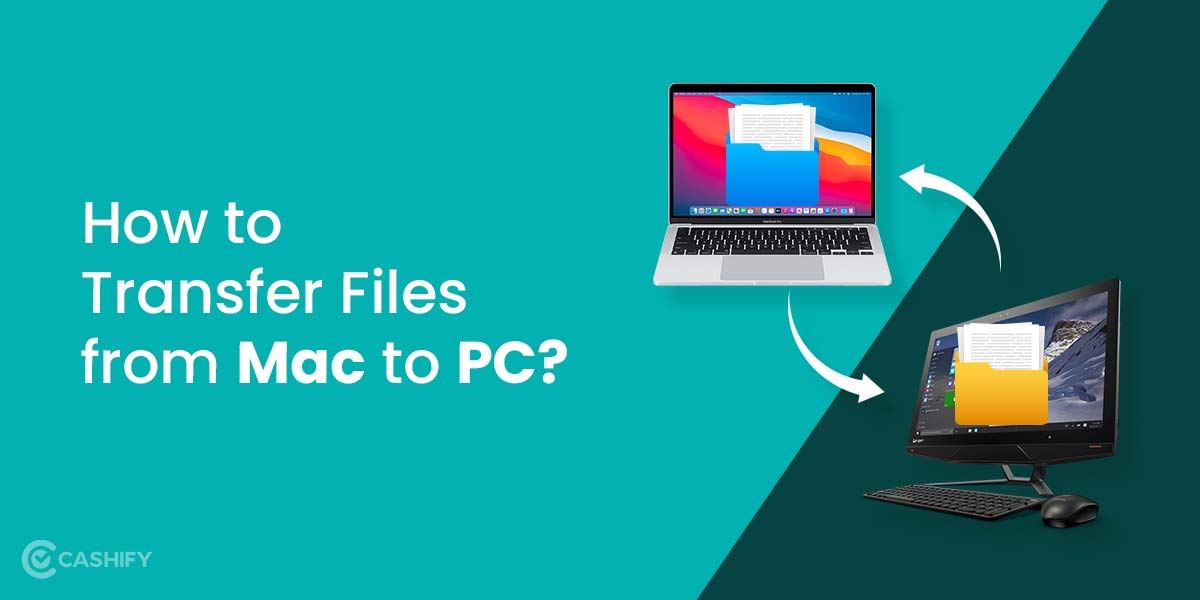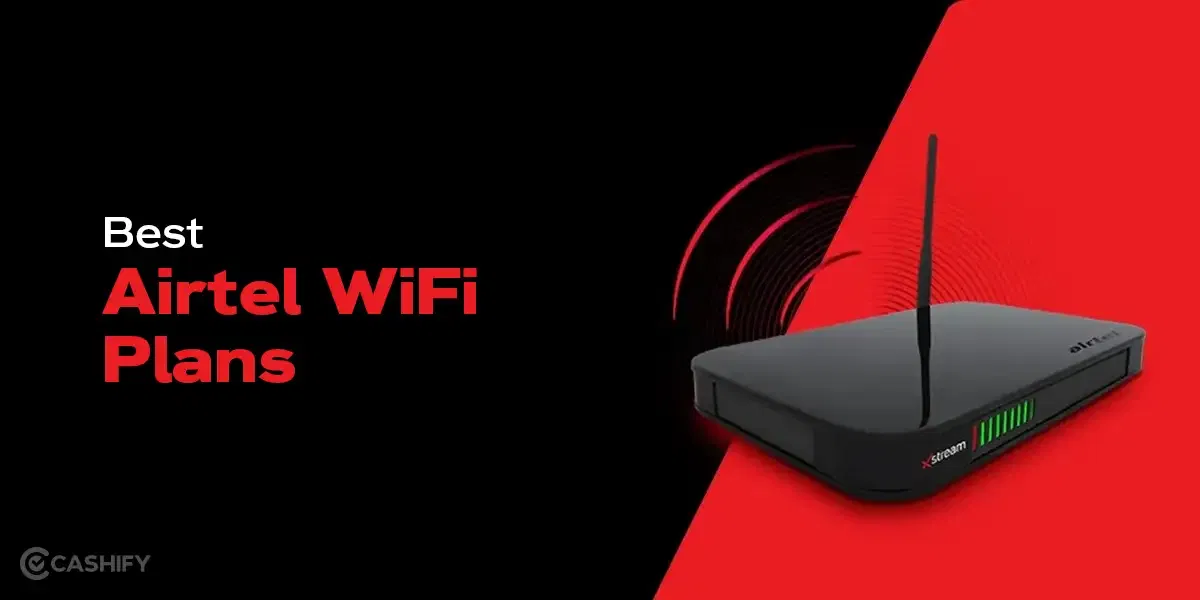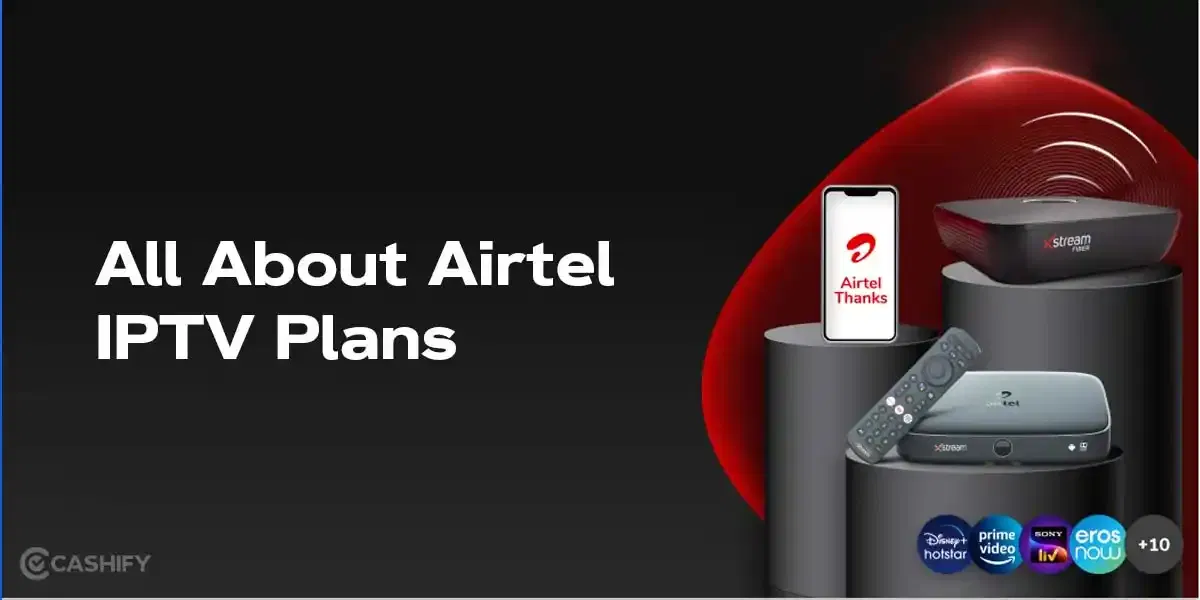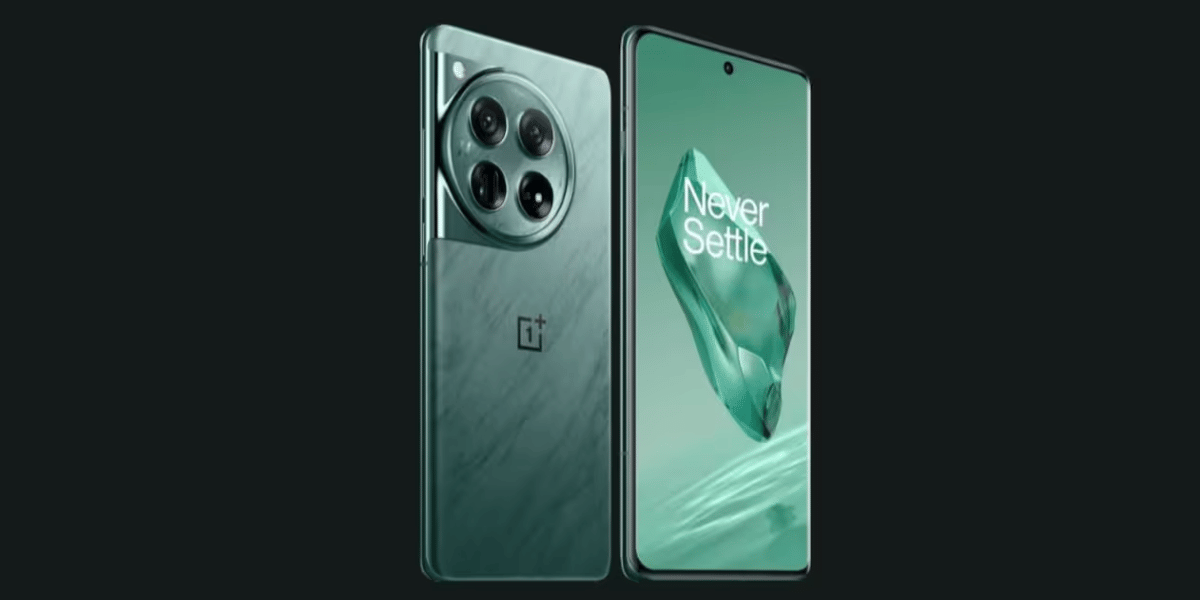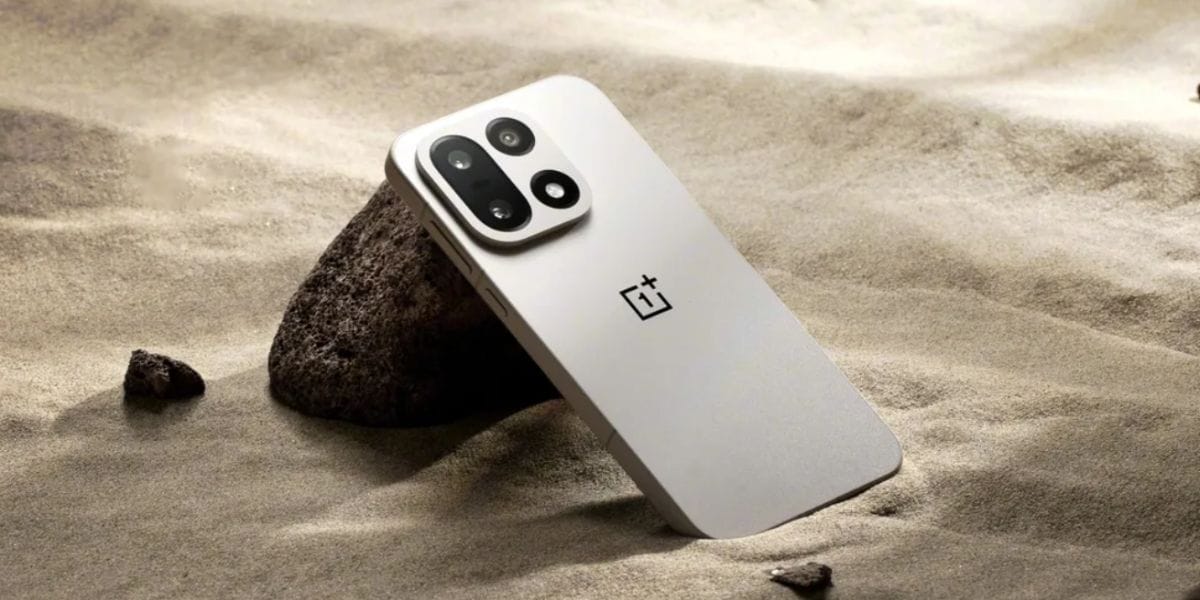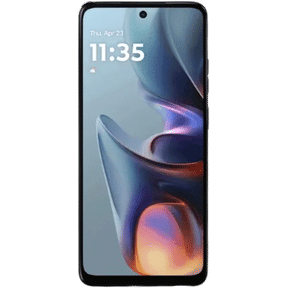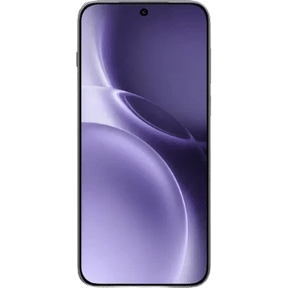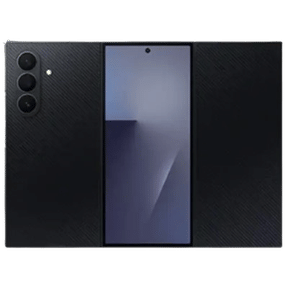Do you want to know what is a thunderbolt port? A Thunderbolt Port is the standard for modern high-speed connectivity to peripherals, mobile devices, computers, and storage products. It speeds up to 10 Gbps and has the ability to daisy-chain up to six devices. Thunderbolt provides the fastest and most versatile interface on the market today.

Intel developed Thunderbolt USB, so you can be sure that it will have an excellent performance. But you should also know that, like all other new technologies, it has some disadvantages too. So, before deciding to purchase the device or not, you should find out everything about what is a thunderbolt port and decide what’s best for you. Read on more about this technology in this article!
What is Thunderbolt port?
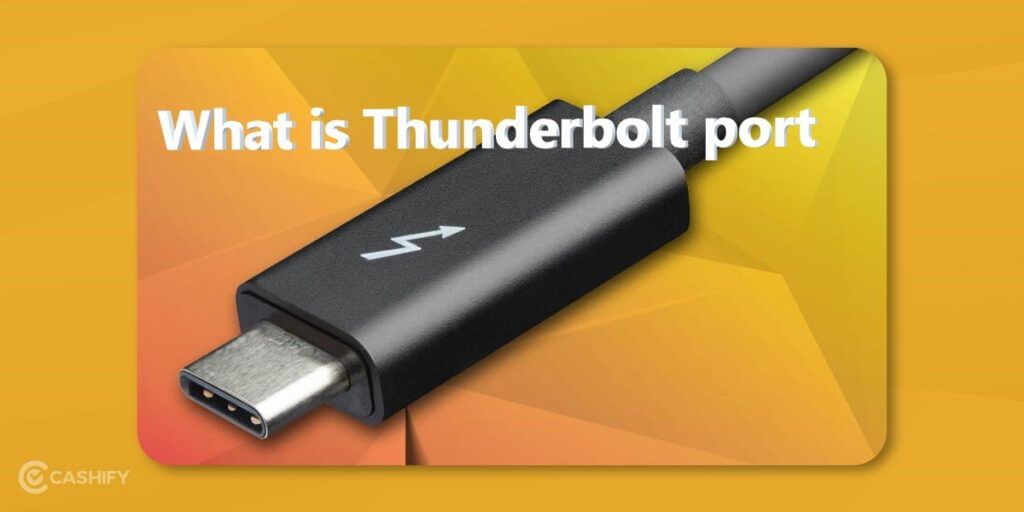
Thunderbolt is a transfer technology for high-speed peripherals. Thunderbolt 2 uses two channels, with each channel transferring data at up to 20 Gbit/s, providing an aggregate bandwidth of 40 Gbit/s. In collaboration with Apple, Thunderbolt port was developed by Intel as a competitor to FireWire and is marketed as Light Peak. At one point, it was called Lightning Bolt, but for trademark reasons had its name changed; some people still refer to it like that, especially in marketing material from Apple’s competitors.
Also Read: Tablet Buying Guide: Features You Must Look For
You might want to know what is a thunderbolt port and what does it support? Thunderbolt supports both 10 Gbit/s Ethernet and DisplayPort. Thunderbolt also provides DC power. It does through a cable to power devices such as external hard drives. It also has audio support via a headphone jack on some models (but not all). You can find Thunderbolt port support on newer laptops; however, older ones will lack built-in support. To take advantage of Thunderbolt on older laptops, you’ll need an expansion card or dock containing Thunderbolt ports.
What is Thunderbolt USB?
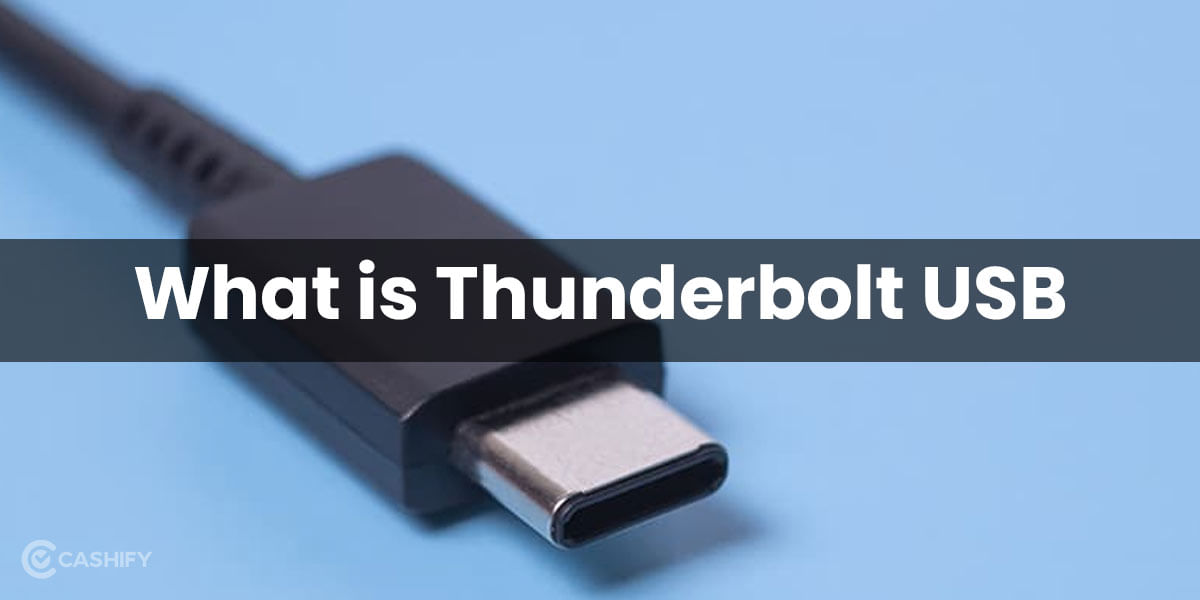
So first, do you know know what is a Thunderbolt USB? Thunderbolt USB is a superfast connection for your computer. You can connect devices such as monitors, speakers, hard drives, and more to your computer at 10 gigabits per second. Thunderbolt ports are reversible, so it doesn’t matter which way you plug them in. It makes moving devices around on your desk easier. You don’t have to think about how things will line up or how they should be facing.
You can also daisy chain devices with Thunderbolt technology – meaning that you can connect multiple devices to one port and achieve incredible speeds between them all. For example, if you connect an external drive to your computer using a Thunderbolt cable then plug another into that drive using another cable, everything connected would run at full speed without bottlenecking off of anyone’s connection. However, Thunderbolt USB does come with some pros and cons, so let’s take a focus on those next.
Also Read Explained: What is IPX rating? Importance And Its Meaning
Since its introduction back in 2011, Thunderbolt has become very popular among users. However, many people are still not familiar with a thunderbolt port precisely and what its capabilities are when compared with other technologies like Thunderbolt 2 or FireWire 800. Many business people these days might not even know what you mean when you ask them if their computer has a Thunderbolt port!
What is a thunderbolt port and How does it Work?
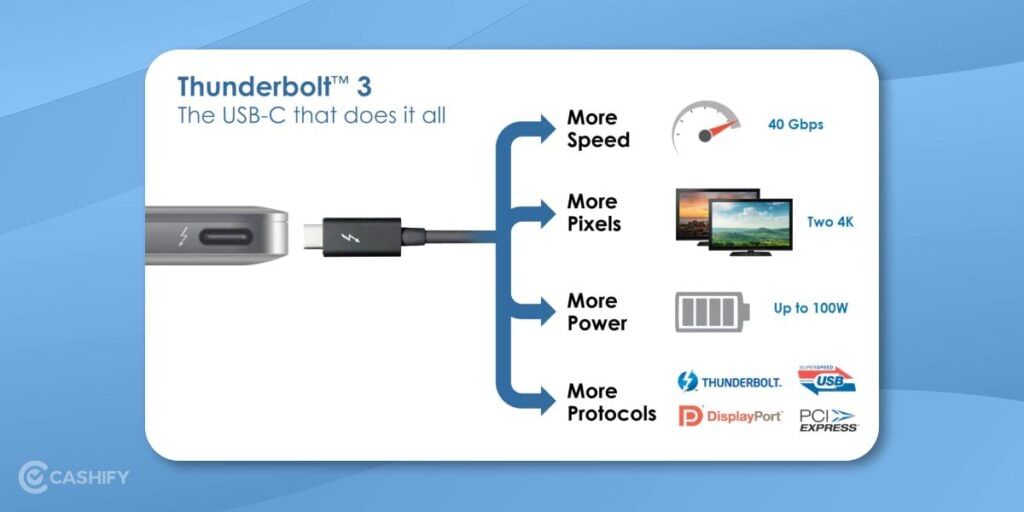
The next question is how it works? It is a serial interconnect standard in computer hardware designed to transfer data at high speeds both to and from computers. Thunderbolt technology, introduced in 2011, was developed by Intel in collaboration with Apple as a replacement for FireWire and other protocols that provide access to hard disks. This port allows users to connect external peripherals such as displays and hard drives, using two separate channels (known as lanes).
Unlike previous protocols that supported multiple devices sharing a single bus, Thunderbolt implements point-to-point topology with hot plugging. It means there is only one signal path between two devices; if one of them is powered off or dropped out of its slot, no other device on that bus can communicate with anything else.
Also Read Do you need a soundbar for smart T.V?
Pros of using a Thunderbolt cable
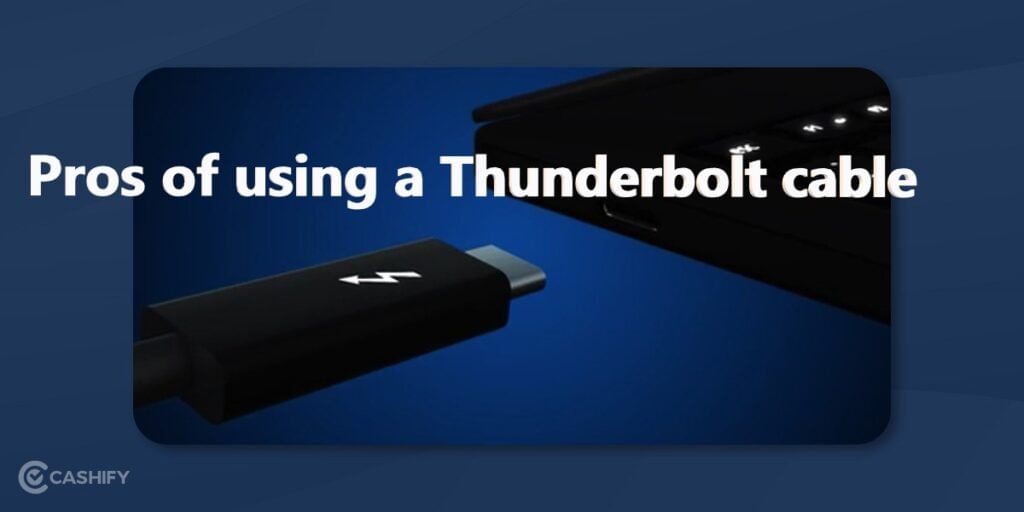
If you are questioning what is a thunderbolt port and what are its advantages, then read on:
1- These cables are significantly quicker than any other computer port.
2- They allow you to transfer data at a rate of 10 gigabits per second. Which is 20 times faster than what USB 3.0 can do.
3- A 10gbps connection lets you transfer an entire Blu-ray disc in just 30 seconds. Also, complete HD movie in less than three minutes.
4- Thunderbolt ports are also reversible and hot-swappable. It means that you can easily connect them without needing to look at them. It is because of their smaller size and reversible connector orientation. If you need to upgrade your hardware for 4K video editing or audio editing and mixing, Thunderbolt will make a massive difference in performance.
5- Now, what are these limited to? A Thunderbolt isn’t only limited to desktop computers; you can use these cables with laptops as well, even if they don’t have Thunderbolt ports (but they should).
6- Most Thunderbolt adapters work by connecting through a device’s existing Mini DisplayPort slot. They convert these connections into something that looks like an external hard drive.
Note: You will still be able to use all your devices while they’re in connection via Thunderbolt port. No matter how powerful it is, however, there are some shortcomings with Thunderbolt technology: It only works with Macs for now and costs more than other types of cables.
Also Read Xiaomi Watch S1 Active Launching Soon: Find Details Here
Cons of using a Thunderbolt cable
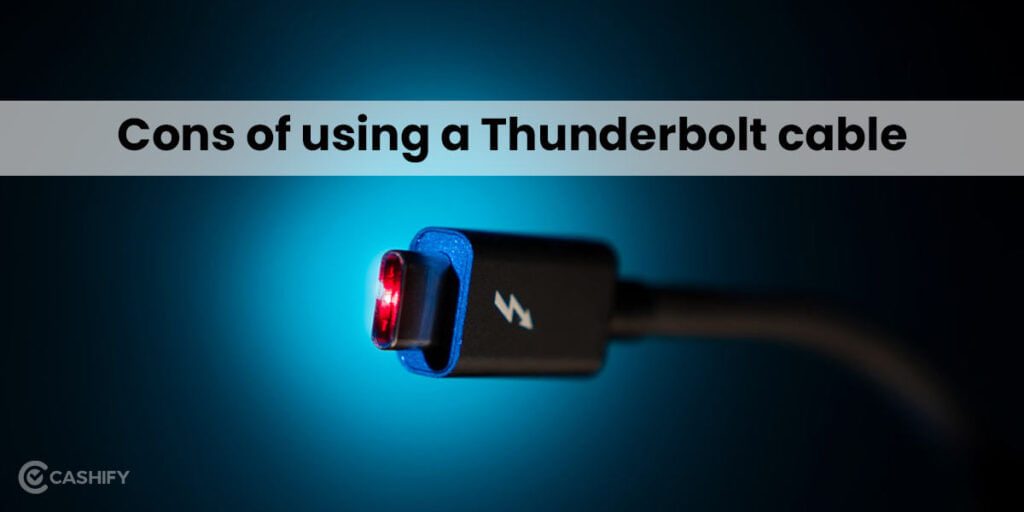
Fortunately, if you want to know what is a thunderbolt port and what its cons, then there are very few cons to using these cables.
1- They’re costly and difficult to obtain, which means you can’t use them with just any device.
2- Additionally, only Macs are currently compatible with Thunderbolt cables. PC users can still use a Thunderbolt cable but only with an adapter that costs around $50 on average.
3- Many consumers avoid purchasing devices if they require expensive adapters or other peripherals to work correctly—so it remains to be seen how well everyday users will receive thunderbolt technology.
Why do you need an active cable?
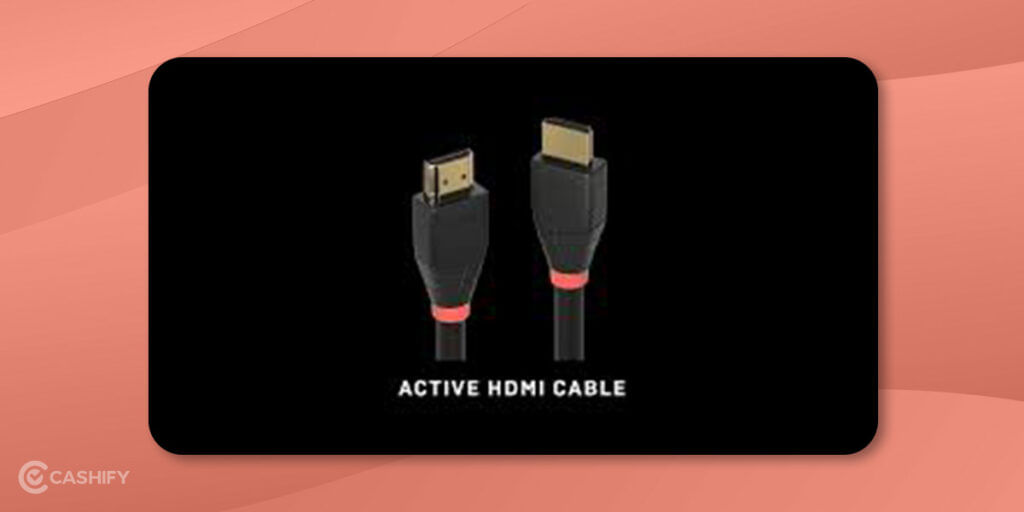
Next comes, what is a thunderbolt port and why do you need them? These active cables help supply power to various devices and use high-speed data transfers. There is no different way of getting power to your device while transferring information over a high speed, except through an active cable.
These help with applications that require continuous monitoring or continuous power; that’s why you’ll usually find them in medical equipment and scientific equipment. However, most people wouldn’t necessarily need them; in fact, Thunderbolt USB connectors are probably overkilled if you only want to transfer some data between two computers quickly.
Also Read How To Do Cryptocurrency Mining In India?
In that case, a standard parallel or serial port will work just fine. Why then should I get one? Because with them come quite a few benefits: First off, they can be used for connecting hard drives and flash storage devices. In addition to that, you can also hook up RAID arrays via Thunderbolt USB connectors and perform quick backups on external drives. If security matters at all to you, then having even encrypted drives hooked up via Thunderbolt ports would ensure added protection against hackers trying to tamper with your files.
Is it necessary to purchase an adapter for older devices?
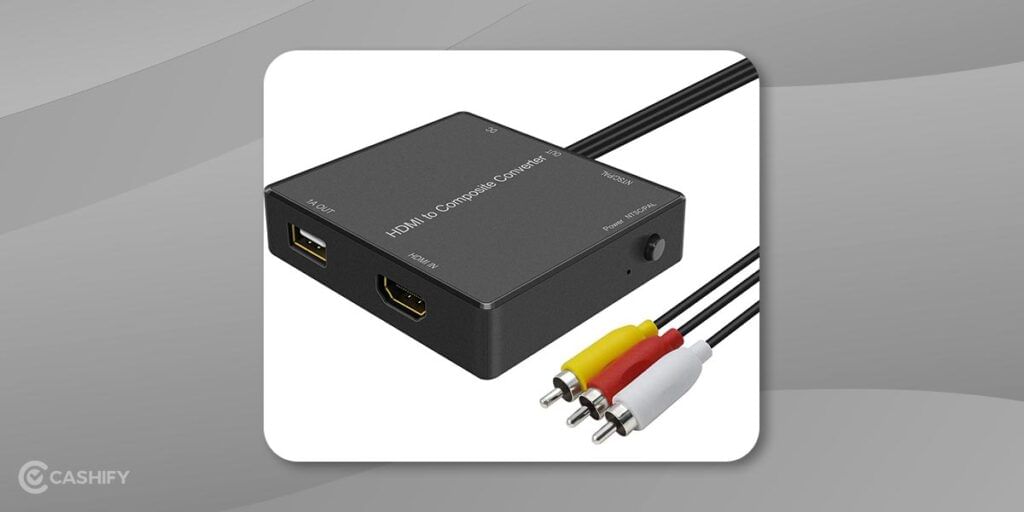
An essential question to ask is what is a thunderbolt port and its compatibility? Thunderbolt isn’t compatible with older devices, and to use it; you’ll need to buy a Thunderbolt adapter. At the same time, Thunderbolt adapters cost around $50, which is cheaper than replacing an old device that doesn’t support Thunderbolt. For example, Apple sells its ThunderBolt/FireWire 800 to FireWire 400 Adapter for $49.
It seems like a lot of cash, but it will get you up and running with your new superfast computer connection. If you have an old Macintosh PowerBook or any iMac older than late 2006, you won’t be able to take advantage of Thunderbolt’s blazing speed at all because they don’t support FireWire at all. So if you own these or similar hardware, there’s no point in considering this port.
You’ll end up spending money on a technology that won’t work for you. Also, remember that Thunderbolt is still pretty new and hasn’t established its popularity yet. There aren’t any video converters designed for Thunderbolt yet, so if you have a collection of VHS tapes from 1995, the Thunderbolt port may not offer much value just yet.
So should everyone run out and buy a brand new computer or shiny expensive peripheral? Probably not—at least not right now; while having breakneck data transfer speeds can be helpful, getting immediate value from them requires using cutting-edge equipment—which costs more money than most people want to spend.
Also Read Krafton Announced BGMI Open Challenge: Details Here
Conclusion
If you have been wondering what is a thunderbolt port, then this post must have answered your question. This port is an exciting new technology with many people waiting for its release, as with any new hardware or software; using Thunderbolt has advantages and disadvantages. Hopefully, we have explained some of these pros and cons in our list of pros and cons of Thunderbolt USB. Use the Thunderbolt USB for practically any function where you need to connect many PCs and you won’t notice any speed loss.
You may now quickly recoup your investment by turning in your old phone. With Cashify, you can easily sell your phone online or recycle your old phone.





